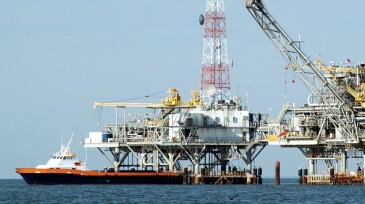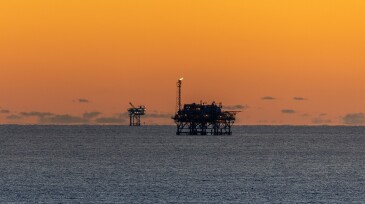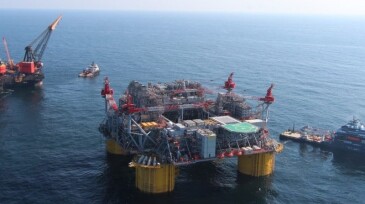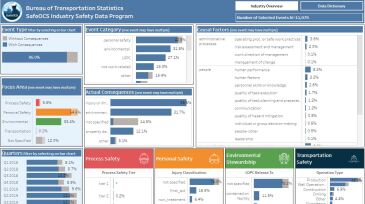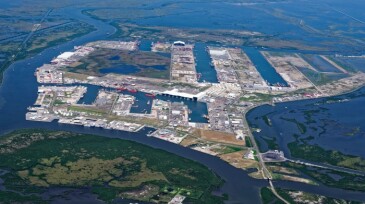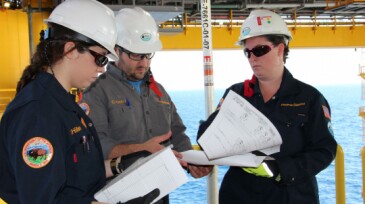BSEE
-
Revisions to the 2019 rule aim to bolster safe and environmentally responsible energy operations.
-
A recent report released from the National Academies of Sciences, Engineering, and Medicine shows improvement in measurement and management of systemic risk in Gulf of Mexico oil and gas operations but adds that progress lags in some areas.
-
A network of more than 1,600 offshore facilities produces a significant portion of US domestic oil and gas. The facilities, which rely on technology to remotely monitor and control equipment, face a growing risk of cyberattacks.
-
Proposed revisions to 2019 Well Control Rule aim to bolster safe and environmentally responsible energy operations.
-
The Bureau of Safety and Environmental Enforcement is proposing regulations that would improve operational safety, human health, and environmental protections offshore, while providing clarity to industry regarding the bureau's review of projects proposing to use new or unusual technology, including equipment used in high-pressure/high-temperature environments.
-
A new web-based dashboard for advancing safety in oil and gas operations on the Outer Continental Shelf is now available to industry and the public as part of the Bureau of Safety and Environmental Enforcement’s SafeOCS Reporting System.
-
Shell reported that most of its production was back online, but some facilities will remain shut-in until the end of the year.
-
Port Fourchon took the brunt of the Category 4 hurricane as it made landfall Sunday afternoon.
-
Operators remove personnel, shut in production in the region ahead of Ida.
-
Texas A&M’s Engineering Experiment Station will have a budget of up to $40 million over 5 years to operate and maintain the OESI.


